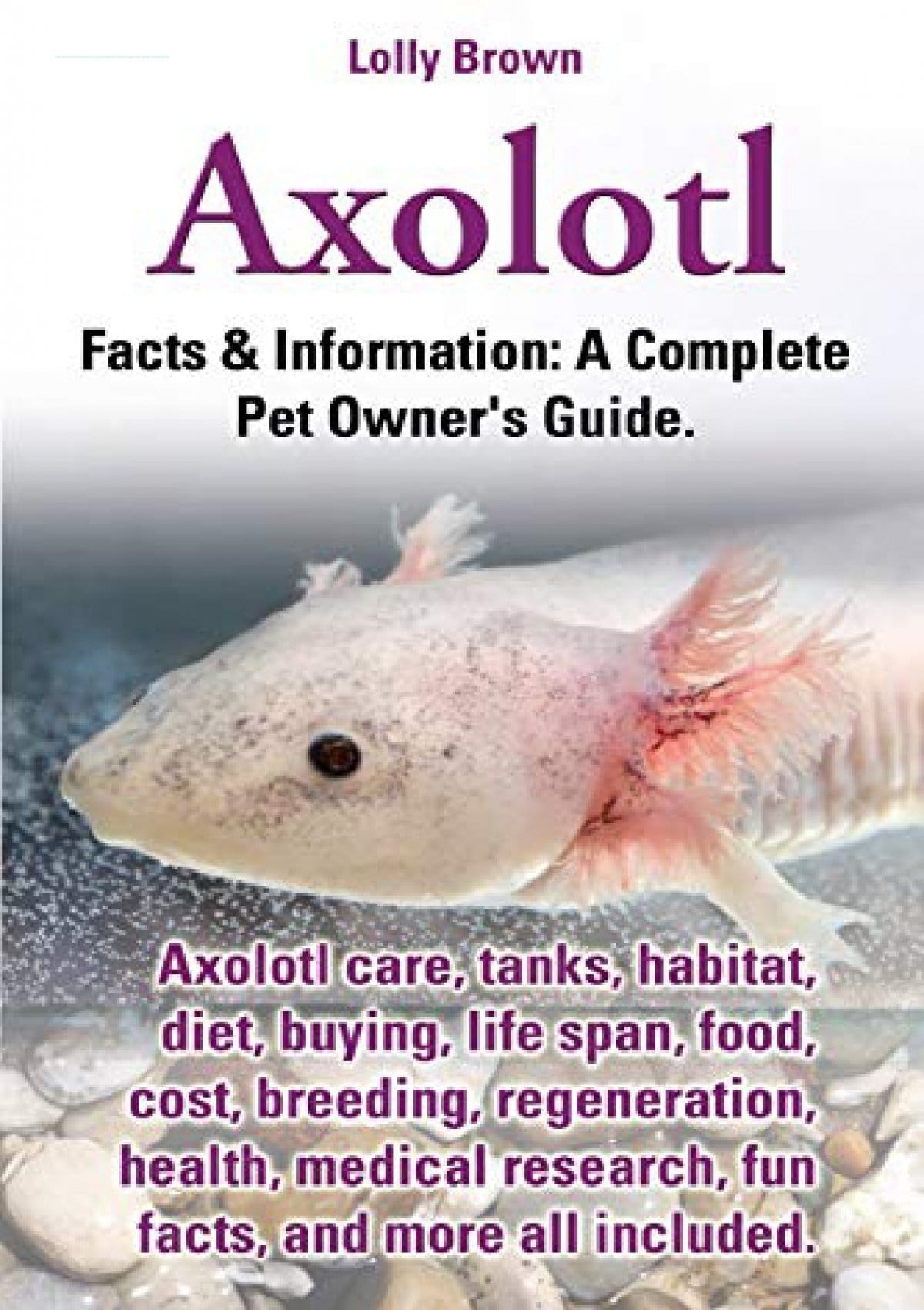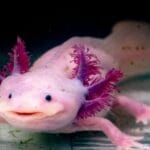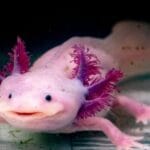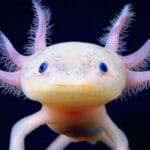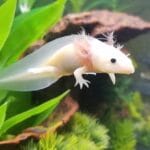Axolotls, with their perpetual smiles and captivating neoteny, have charmed their way into the hearts of many. But how long can you expect these aquatic companions to grace your home? While the mythical 100-year lifespan is sadly untrue, with the right care, your axolotl can enjoy a long and healthy life, sometimes even surpassing two decades. This comprehensive guide dives deep into the factors influencing axolotl lifespan, both in the wild and captivity, empowering you to provide the best possible care.
Decoding the Axolotl Lifespan: Wild vs. Captivity
The lifespan of an axolotl varies dramatically between its natural habitat and a home aquarium. Wild axolotls, facing constant threats like predation from herons and invasive fish, pollution, and shrinking habitats in the canals of Mexico City, typically live only 5-6 years. Imagine their stressful existence, always on high alert, struggling to find food and clean water! In stark contrast, a captive axolotl, provided with a safe, clean, and enriching environment, can thrive for 10-15 years, with some lucky individuals reaching an impressive 20 years or more.
| Environment | Typical Lifespan | Key Factors |
|---|---|---|
| Wild | 5-6 years | Predation, pollution, habitat loss, disease |
| Captivity | 10-15+ years (up to 20 reported) | Water quality, diet, stress levels, disease prevention |
This dramatic difference highlights the significant impact of environmental factors on axolotl longevity. By understanding these factors, we can unlock the secrets to maximizing their lifespan in captivity.
The Pillars of Axolotl Longevity
Four key pillars support a long and healthy life for captive axolotls: pristine water, a balanced diet, a stress-free environment, and proactive disease prevention. Let’s explore each in detail.
Water: The Elixir of Life
Axolotls are highly sensitive to water quality. Imagine living in stagnant, polluted water – not a pleasant thought! Clean, well-filtered water, with the correct temperature and parameters, is paramount. Invest in a robust filtration system, perform regular partial water changes (about 20-25% weekly), and diligently monitor water parameters like temperature (ideally between 60-68°F or 15-20°C), pH (around 7.4-7.6), ammonia (0 ppm), nitrite (0 ppm), and nitrate (<20 ppm). Test kits are readily available and easy to use, making monitoring a breeze.
Diet: Fueling a Long Life
Axolotls are carnivores and require a protein-rich diet. Earthworms are a favorite, providing excellent nutrition. High-quality axolotl pellets can form the base of their diet, supplemented with bloodworms, blackworms, and other small crustaceans. Avoid overfeeding, as this can lead to obesity and other health problems. Feed adults every 2-3 days, while younger axolotls may need more frequent meals. Always remove any uneaten food to maintain water quality.
Stress: The Silent Killer
Stress can significantly impact an axolotl’s health and lifespan. These sensitive creatures can be stressed by overcrowding, aggressive tank mates, rough handling, and sudden changes in their environment. Provide ample space – a 20-gallon long tank is recommended for a single adult axolotl. Choose tank mates carefully, researching compatibility beforehand. Handle your axolotl gently and infrequently, as they are delicate creatures. A calm and stable environment, with plenty of hiding places and minimal disturbances, is key to a stress-free life.
Disease: Prevention is Better Than Cure
While axolotls are relatively hardy, they can be susceptible to various illnesses. Quarantining new axolotls before introducing them to your main tank can prevent the spread of disease. Maintaining excellent water quality and a low-stress environment also contribute significantly to disease prevention, as some research suggests stress weakens their immune system. If you notice any signs of illness, such as lethargy, loss of appetite, skin changes, or unusual swimming patterns, consult a veterinarian experienced with exotic pets immediately. Early intervention is often crucial for successful treatment.
The Mystery of Neoteny and Lifespan
Axolotls possess a remarkable characteristic called neoteny (also known as paedomorphism), meaning they retain their larval features, like external gills and a finned tail, throughout their entire lives. This “eternal youth” sets them apart from other salamanders, which typically metamorphose into terrestrial adults. While the exact link between neoteny and lifespan remains an area of ongoing research, some scientists believe it may contribute to their longevity in captivity. Could this constant state of larval development offer protective benefits? Further study is needed to unravel this intriguing connection.
Maximizing Your Axolotl’s Lifespan: Practical Tips
- Consistent Water Changes: Weekly partial water changes (20-25%) are essential for maintaining pristine water quality.
- Invest in a Quality Filter: A reliable filter removes waste and keeps the water clean, contributing significantly to a healthy environment.
- Balanced Diet: A varied diet of high-quality pellets, earthworms, and occasional treats ensures your axolotl receives all the necessary nutrients.
- Spacious Tank: A larger tank provides ample room for your axolotl to explore and reduces stress.
- Appropriate Tank Mates: Research compatibility carefully before introducing other creatures to the tank.
- Gentle Handling: Minimize handling and be extremely gentle to avoid stressing your axolotl.
- Regular Health Checks: Observe your axolotl daily for any signs of illness. Consult an exotic vet if you notice anything unusual.
Beyond Lifespan: Responsible Axolotl Ownership
While we strive to give our axolotls the longest, healthiest lives possible, responsible ownership goes beyond just maximizing lifespan. Supporting conservation efforts to protect wild axolotl populations, which are critically endangered, is crucial. Understanding their unique needs and respecting their sensitive nature ensures a fulfilling life, regardless of its length. By embracing these principles, you can provide your axolotl with a life filled with comfort, enrichment, and joy.
Embark on an aviculture adventure and discover the mystique of ayam cemani eggs, renowned for their striking ebony hue. Delve into the enigmatic world of Appalachian cryptids and uncover the secrets hidden within the misty mountain hollows.
- Bartow County Schools Calendar 2024-2025: Key Dates and Parent Resources - November 25, 2024
- What’s Your D&D Alignment? The Ultimate Test & Guide - November 25, 2024
- Understanding Your Ashtabula County Property Taxes: A Guide for Homeowners - November 25, 2024
